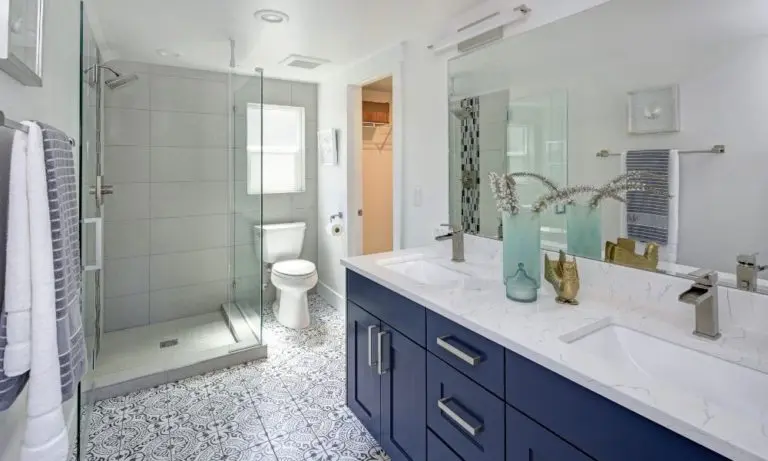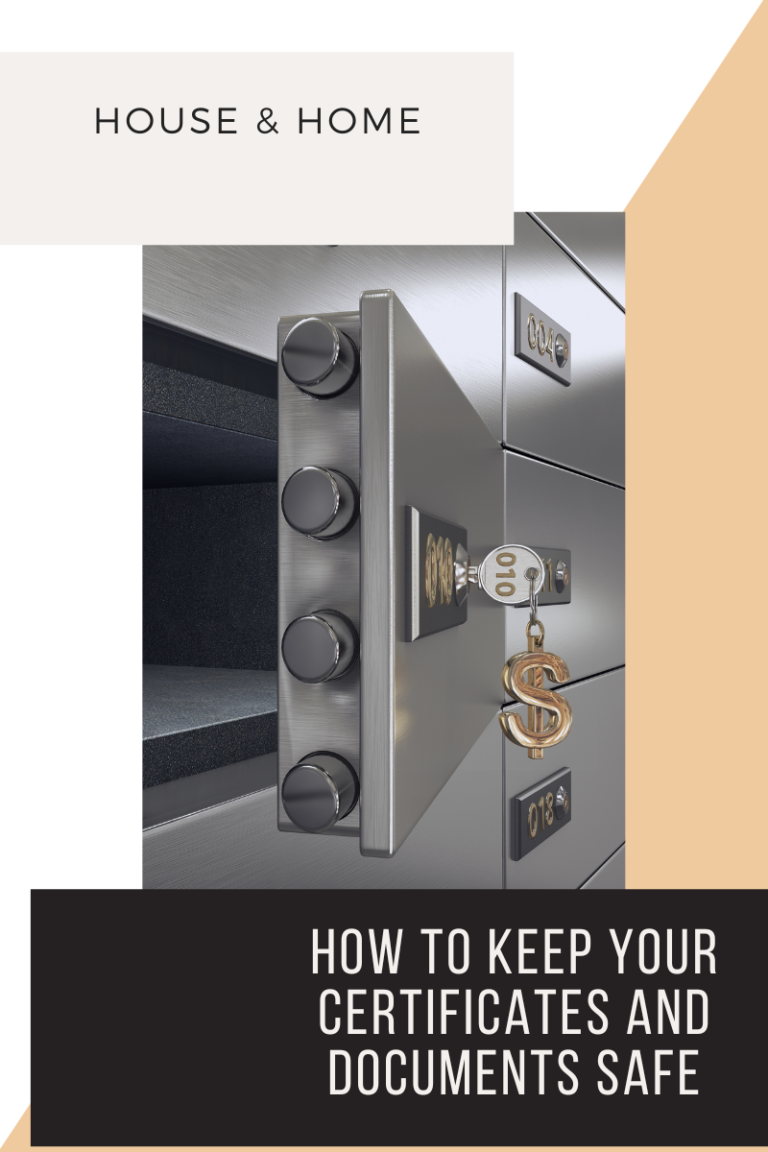How to Budget for Home Repairs

As a family, you’re probably on a pretty tight budget. Some months, it may feel like that budget is stretched a little too thin. While we all do the best we can, it’s important to set aside money for potential home repairs.
If you’re feeling overwhelmed by the idea of adding another thing to your expense list, don’t be. With a little flexibility and effort, you can start saving for home repairs and be ready for the unexpected.
Make a List of Potential Repairs
Start out by making a list of potential home repairs. This list is not only for this year but for the years ahead as well. You’ll want to keep this list handy so that you can be prepared for future repairs and know when to expect them to occur.
Common household repairs include:
- Roof replacement: Every 20-25 years
- Carpet replacement (if applicable): Every 8-10 years
- Window replacement: Every 35 years
- Gutter cleaning: 1-2 times per year
- Gutter replacement: Every 20 years
Other repairs that may pop up unexpectedly include:
-
- Sewer line
- Water pipes
- Furnace
- Thermostat
- Hot water heater
- Dishwasher
- Washing machine
- Dryer
- Fencing
Calculate Estimated Costs of Repair or Replacement
Once you have a list of items, you can start calculating the estimated costs of replacement or repair.
To calculate these costs, you will need to do a little research. Replacement costs are relatively easy to determine, but repair costs can be challenging to calculate.
If the plumbing in your home starts acting up, costs can vary widely. If there are tree roots blocking your sewer pipe, you may need trenchless sewer repair which can cost thousands of dollars. If you have a simple clogged drain, the repair may take an hour and cost you a hundred bucks.
It’s almost impossible to estimate repair costs, but you can include a range so that you know what you’re up against.
Once you have determined the estimated replacement and repair costs, you should determine the life expectancy of each item and the current age of each item.
By doing this, you can determine the remaining life expectancy of every item to guesstimate when they will need repair or replacement.
At this point, you can sort your list by shortest life expectancy and start budgeting for these costs. Ideally, you want to budget for potential repairs in the next 5-10 years.
This Seems Complicated. Is There an Easier Way?
If you don’t have the time to go through every item in your home and calculate repair and replacement costs, there is an easier way to budget for home repairs.
As a general rule of thumb, experts recommend setting aside 1% of your home’s purchase price per year to cover maintenance and repairs. If you bought your home for $250,000, you would set aside $2,500 per year for potential repairs. That’s about $209 per month (rounding up).
There’s a good chance that you won’t spend all of this money each year. In fact, you may spend just a few hundred dollars some years. But when those hefty repairs come into play (like roof replacement, which can cost $8,000), you’ll be happy that you saved diligently over the years.
Similar Posts:
- How to Approach Home Repairs After a Storm
- How to Get the Best Deal on Home Repair Services
- Keeping Up with Repairs
- 3 Tips To Help You Budget For A Bigger Family Home
- 5 Housekeeping Tips You Should Follow









